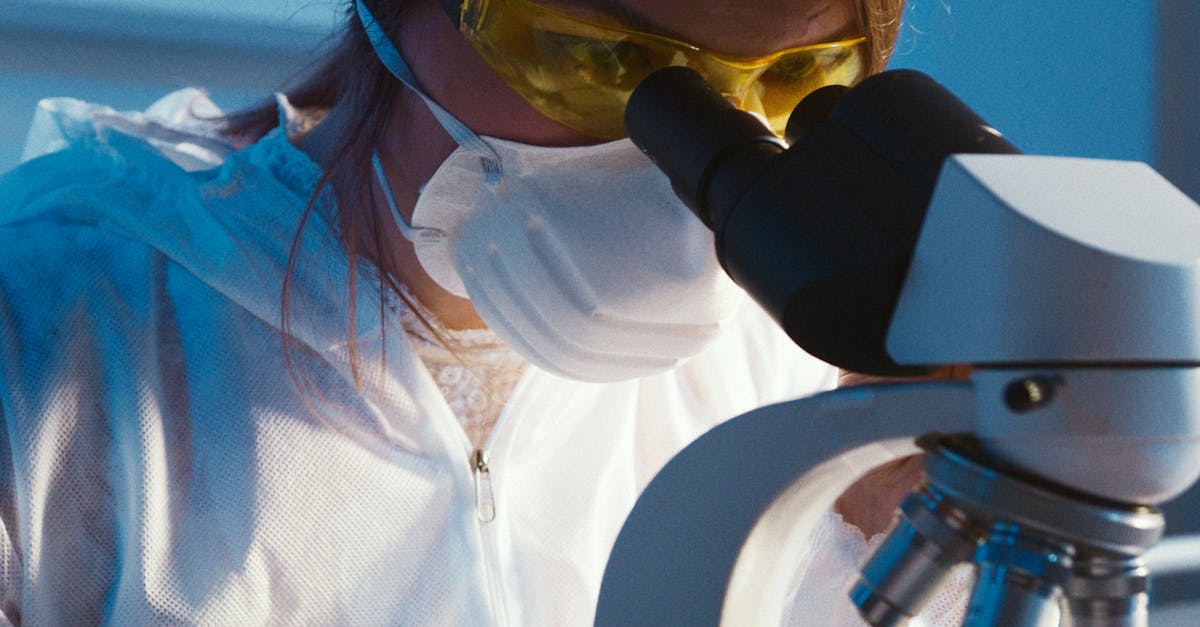Biohacking the Blood-Brain Barrier: The Future of Alzheimer's Treatment
Techniques for Biohacking the Blood-Brain Barrier

Several innovative techniques are being explored to biohack the blood-brain barrier. One promising method is the use of focused ultrasound, which can temporarily open the BBB at targeted sites, allowing drugs to penetrate the brain tissue without causing widespread disruption. Another approach involves the use of nanoparticles engineered to cross the BBB and deliver therapeutic agents directly to the brain. Researchers are also investigating the potential of peptides and antibodies that can naturally traverse the BBB, carrying drugs with them. These techniques represent a significant advancement in the field of neurology, offering a more precise and controlled method of drug delivery.
Current Research and Clinical Trials

The field of biohacking the BBB is rapidly evolving, with numerous research studies and clinical trials underway. For instance, clinical trials using focused ultrasound in combination with microbubbles have shown promise in delivering chemotherapy drugs to brain tumors, a technique that could be adapted for Alzheimer's treatment. Nanoparticle-based therapies are also being tested for their ability to deliver anti-amyloid drugs directly to the brain. These trials are crucial for determining the safety and efficacy of these innovative approaches, providing valuable data that could lead to the development of new, more effective Alzheimer's therapies.